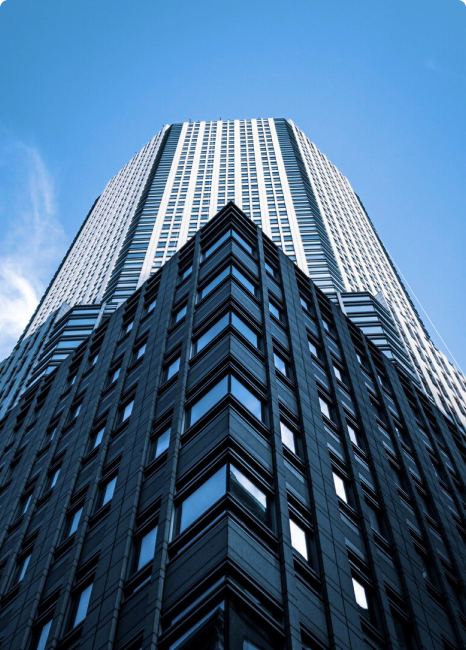Raising the Standard: Innovations in Height Safety

Working at height remains one of the most high-risk aspects of construction and maintenance. But over the last 30 years, rope access has become one of the safest ways to do it – thanks to better systems, smarter training, and stricter standards.
IRATA’s global data shows a sharp decline in incident rates since 1989 – now averaging under 1 reportable incident per 100,000 hours worked. (WAHA, 2021) That’s a credit to rigorous industry training, auditing and incident reporting, areas Kerrect takes seriously.
At Kerrect, we believe safety should keep pace with the changing nature of access work. As buildings get taller and architectural designs become more complex – think glass balustrades, rooftop overhangs, multiple planter boxes and expansive solar panel layouts – the way we access and protect these structures has to evolve. It’s no longer just about compliance. It’s about smarter systems, sharper training, and choosing the right controls from the start.
Whether it’s high rise rope access or construction safety nets, we’re focused on raising the standard, every day.
Smarter Tools, Safer Jobs
Across the industry, technology is helping crews plan better and reduce exposure before anyone clips on.
Smart harnesses and IoT-enabled safety systems are being explored to improve how crews track usage, monitor loading, and flag maintenance issues before they become risks. Digital planning tools are also supporting clearer visualisation of exclusion zones and anchor layouts on more complex builds.
At Kerrect, we stay across these innovations and where a tool or process can strengthen safety outcomes, we assess how it might support our work. For example, drones can now be used for anchor inspections or façade assessments, but for us, nothing replaces a qualified technician on site when it comes to checking critical safety systems.
We rely on proven methods and well-trained teams – backed by a system that’s built for the job at hand. It’s not about chasing gadgets; it’s about doing what works and doing it well.
Training with Purpose
Technology means little without the right people behind it. That’s why training is central to how we operate – not a one-off event, but a mindset we build into every project.
Each of our rope access crews are led by IRATA Level 3-certified technicians, providing on-site leadership and real-time decision-making. We run emergency drills, pre-start risk assessments, and toolbox talks that draw on real case studies – including industry near-misses. These aren’t just procedures. They’re part of how we create a shared understanding of the job before anyone leaves the ground.
We understand that when crews are trained to think critically and communicate clearly, safer outcomes follow naturally.
Systems That Support the Work
Some of the most effective safety measures are built into the site itself. We regularly install construction safety nets in line with required Fall protection and Safety Netting Standards. These controls are critical on large or complex sites, and in areas where tools, equipment or workers could pose a risk to what’s below.
By creating a passive barrier, safety nets help protect not just the person working at height, but also the public, surrounding property, and those responsible for workplace safety. That includes site managers, building owners, and anyone legally accountable for managing risk.
For short-term or multi-point access jobs, we also design temporary systems that reduce the need for scaffold and allow for efficient, controlled movement. And before any rope work begins, we audit and upgrade anchor points to ensure they’re compliant, secure, and suitable for the task.
These aren’t extras – they’re essential. They form the foundation of a safe access plan, and they support everything else we do on site.
What Sets a Specialist Apart
Not all rope access providers operate to the same standard. If you’re managing high-risk work, look for teams who bring structure – not just certifications.
At Kerrect, we use site-specific safety checklists to assess risk, validate controls, and brief clients on our process before work begins. We work to the latest height safety regulations and rope access codes, including AS/NZS 1891.4:2025 and AS 5532:2025 for fall arrest systems – as well as the AS/NZS ISO 22846 series, which sets out the principles and safe systems of work for industrial rope access.
We apply these standards practically, tailoring each system to the structure, environment and scope of work.
That’s what makes us a construction safety specialist. It’s not just the work we do, it’s how we approach it.
The future of Safe Access
There’s no single fix for working at height – but there is a better way to work. Smarter tools, sharper training, and strong systems combine to reduce risk and improve outcomes on every site.
At Kerrect, we deliver high rise rope access, construction safety netting, as well as temporary and permanent access solutions – all with safety built in from the start.
We do the job properly, with the right people, the right systems, and a clear focus: keeping everyone safe while getting the work done efficiently.
